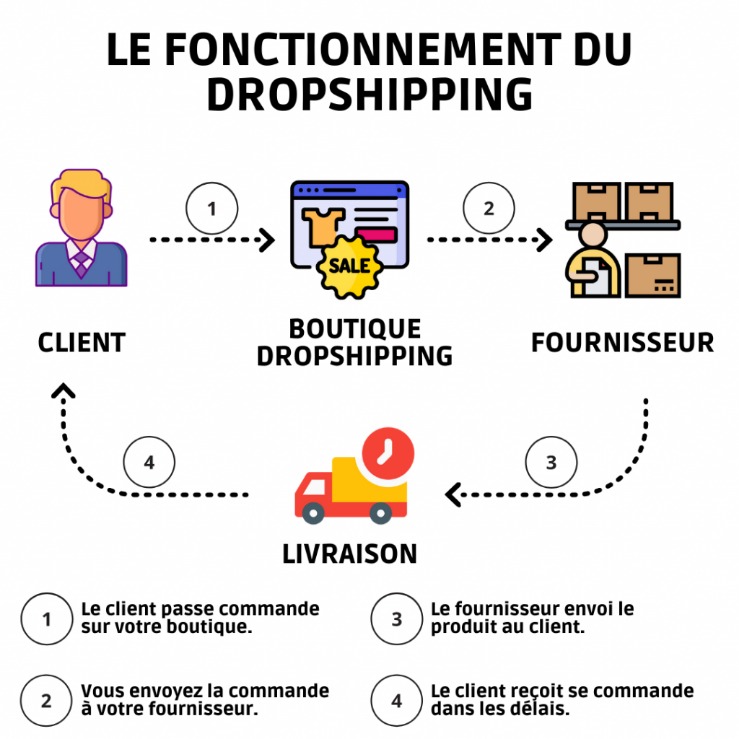Quiet Conversions: The Understated Power Moves of Modern Dropshipping
Behind every scalable store is a repeatable engine for product discovery, creative iteration, and margin protection. For many founders, lessons from leaders like Justin Woll illuminate how to turn chaos into cadence without burning ad budgets. This piece distills the patterns, frameworks, and field-tested tactics that move the needle in a fiercely competitive ecom landscape.
The Signal-First Framework
Winning stores don’t chase trends; they operationalize signals. Adopt a three-tier pipeline that narrows risk while accelerating learnings:
- Discovery: Rapidly validate angles and demand pockets using micro-budgets and broad audiences.
- Validation: Pressure-test variable elements (creatives, hooks, formats) while watching blended ROAS and contribution margin.
- Scale: Centralize performance into fewer, cleaner campaigns and stabilize with evergreen creatives and UGC variants.
Creative Testing That Actually Compounds
- Angle-first thinking: Test hooks before products. A compelling angle can convert an average offer; the reverse is rare.
- Four-format matrix: Short UGC, testimonial, problem/solution, and founder story. Keep the structure; swap hooks aggressively.
- Time-to-signal: Kill or keep decisions within 500–1,000 impressions per creative. Protect budgets; keep learning velocity high.
Offer Architecture That Survives Rising CPMs
Your offer is the conversion lever. In a mature ecom market, clarity beats complexity:
- Value stack: Communicate outcome, time to benefit, and risk reversal in the first viewport.
- Bundles > Discounts: Increase AOV through transformation-based bundles (starter, result, pro), not blanket % off.
- Trust anchors: Proof density matters—ratings, short reviews, clear shipping/returns above the fold.
30/60/90-Day Implementation Plan
- Days 1–30: Build a creative backlog (20+ hooks), define 3 ICP snapshots, ship lean LP v1, test demand pockets.
- Days 31–60: Consolidate winning angles, lock an evergreen ad set, implement bundle logic and post-purchase upsells.
- Days 61–90: Scale budgets gradually, diversify channels (search + creator whitelisting), formalize retention cadence.
Retention: The Quiet Multiplier
- Post-purchase flow: 3 emails in 10 days—setup, quick win, social proof—plus one “wow” moment (bonus guide or surprise).
- Refill or routine: Tie rebuys to outcomes, not time. Trigger reminders around expected depletion or milestone usage.
- Community proofs: Highlight real customer builds, routines, or transformations biweekly.
Common Pitfalls to Avoid
- Creative fatigue misdiagnosed as “product fatigue.” Refresh angles, not just colors.
- Over-segmentation in ad accounts. Consolidate to speed learning.
- Price anchoring errors. Always present a clear “compare” reference or bundle ladder.
- Shipping ambiguity. Time-to-door should be explicit and reiterated pre-checkout.
Tooling Snapshot for Lean Teams
- Analytics: Blended PnL view to reconcile platform reporting with reality.
- Creative ops: A simple brief template and a weekly UGC sourcing rhythm.
- CRO: Heatmaps and session replays to prioritize above-the-fold clarity and scroll depth.
FAQs
How many creatives should I test per week?
Start with 6–10 variations across 2–3 angles. Ship weekly. Keep what hits target CPA within 48–72 hours; iterate on the winners.
What’s a good early AOV target?
Anchor to contribution margin. As a rule of thumb, aim for an AOV that covers COGS + shipping + 1.5x target CPA to protect scale.
Do I need multiple products to scale?
No. One product with multiple angles, bundles, and creative formats can carry seven figures if the offer and proof stack are strong.
How fast should I scale budgets?
Increase 10–20% per day on stable campaigns. If CTR and CPA hold for 3 days, consider duplicating into a new budget tier.
The playbook is simple, not easy: structured testing, ruthless offer clarity, and disciplined retention. In a maturing ecom environment, consistency is the edge.

